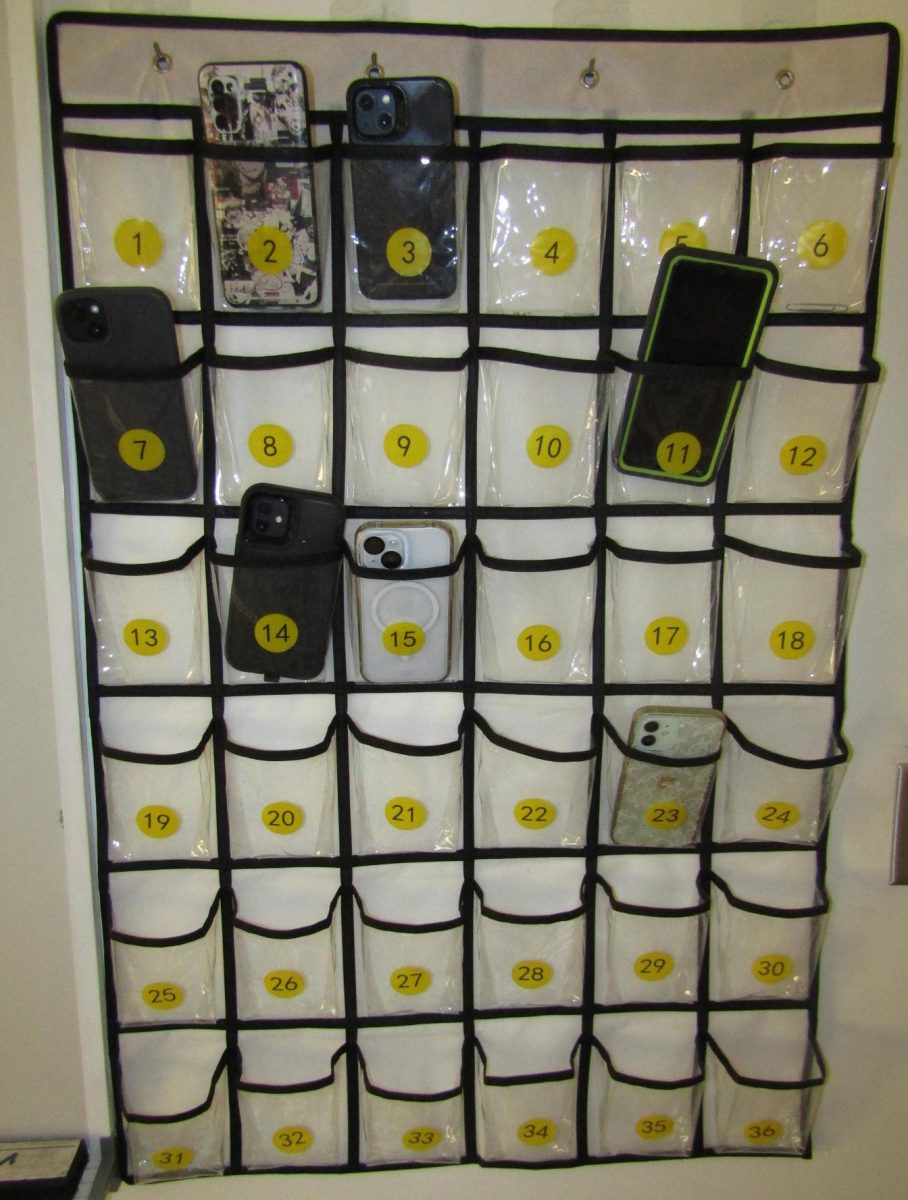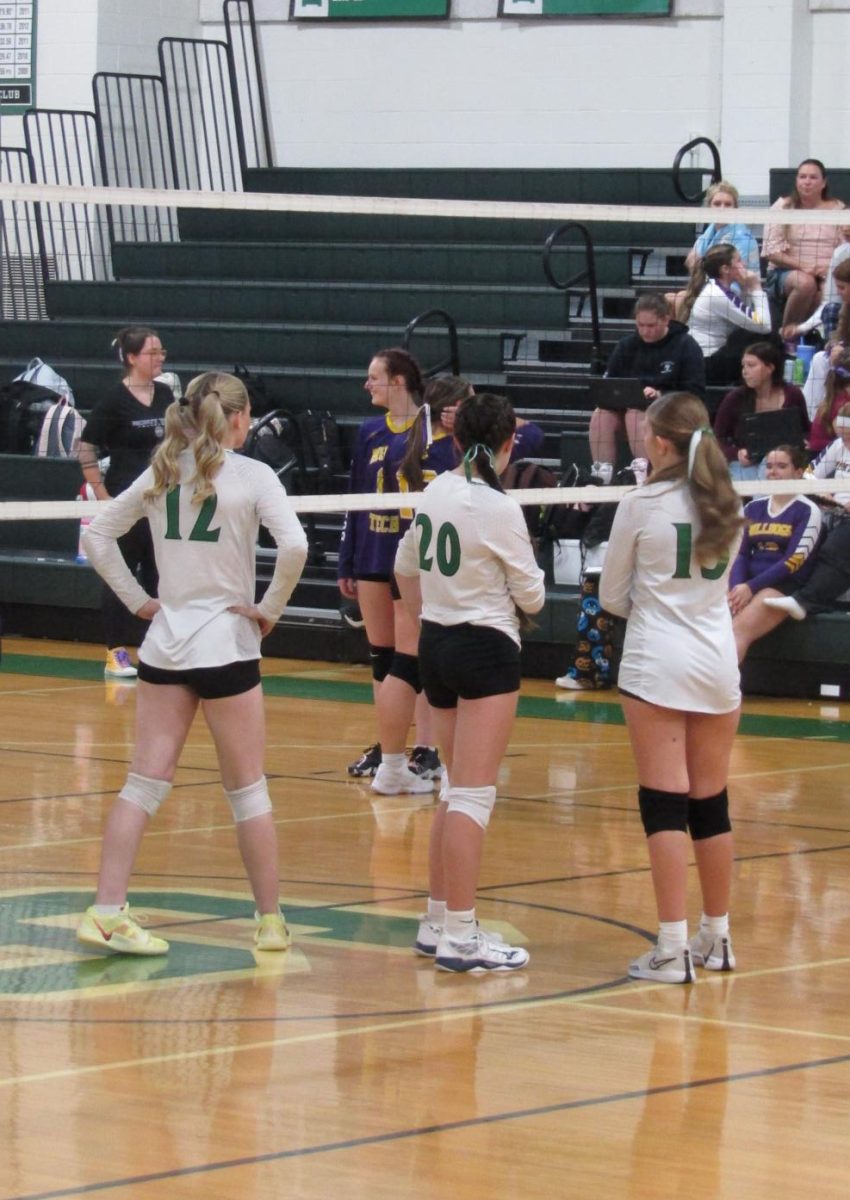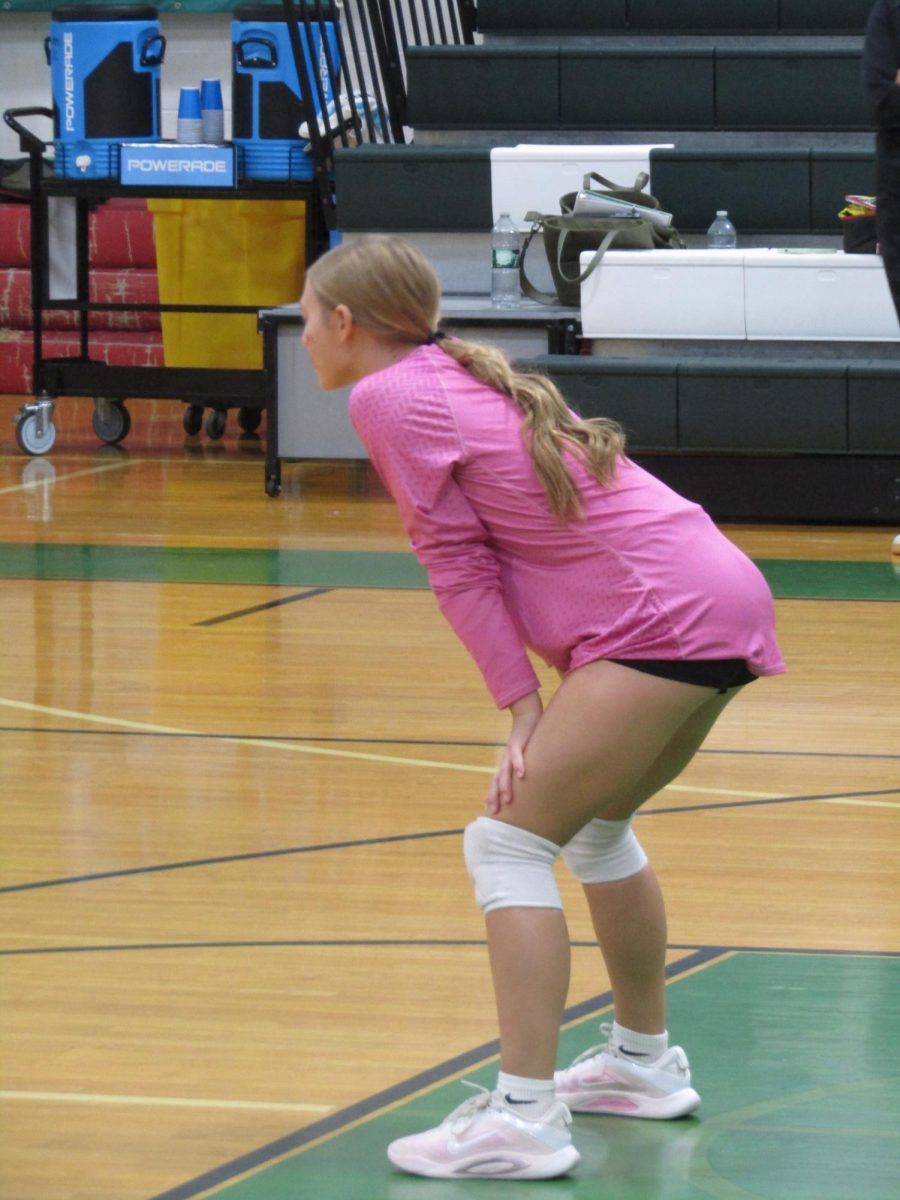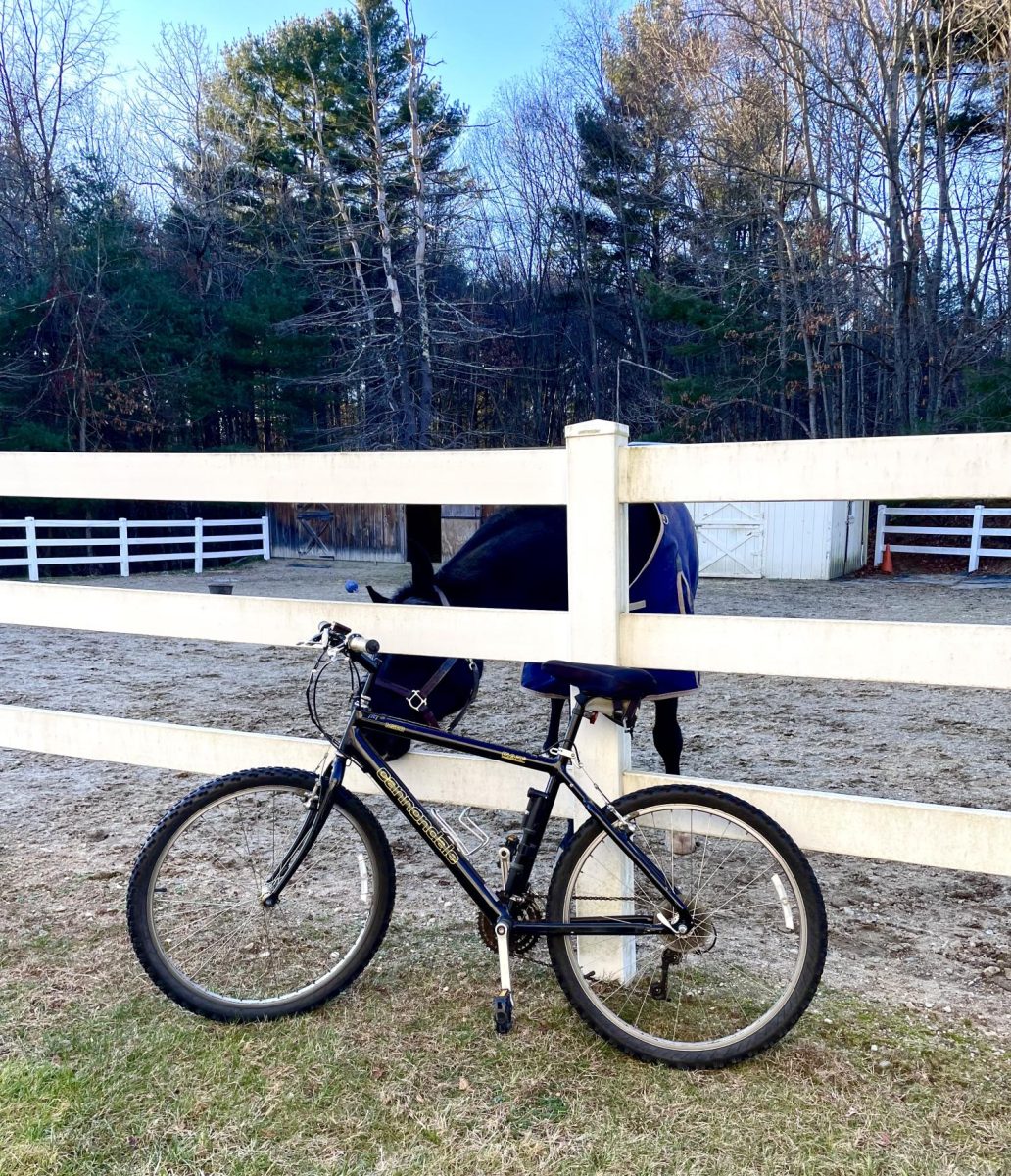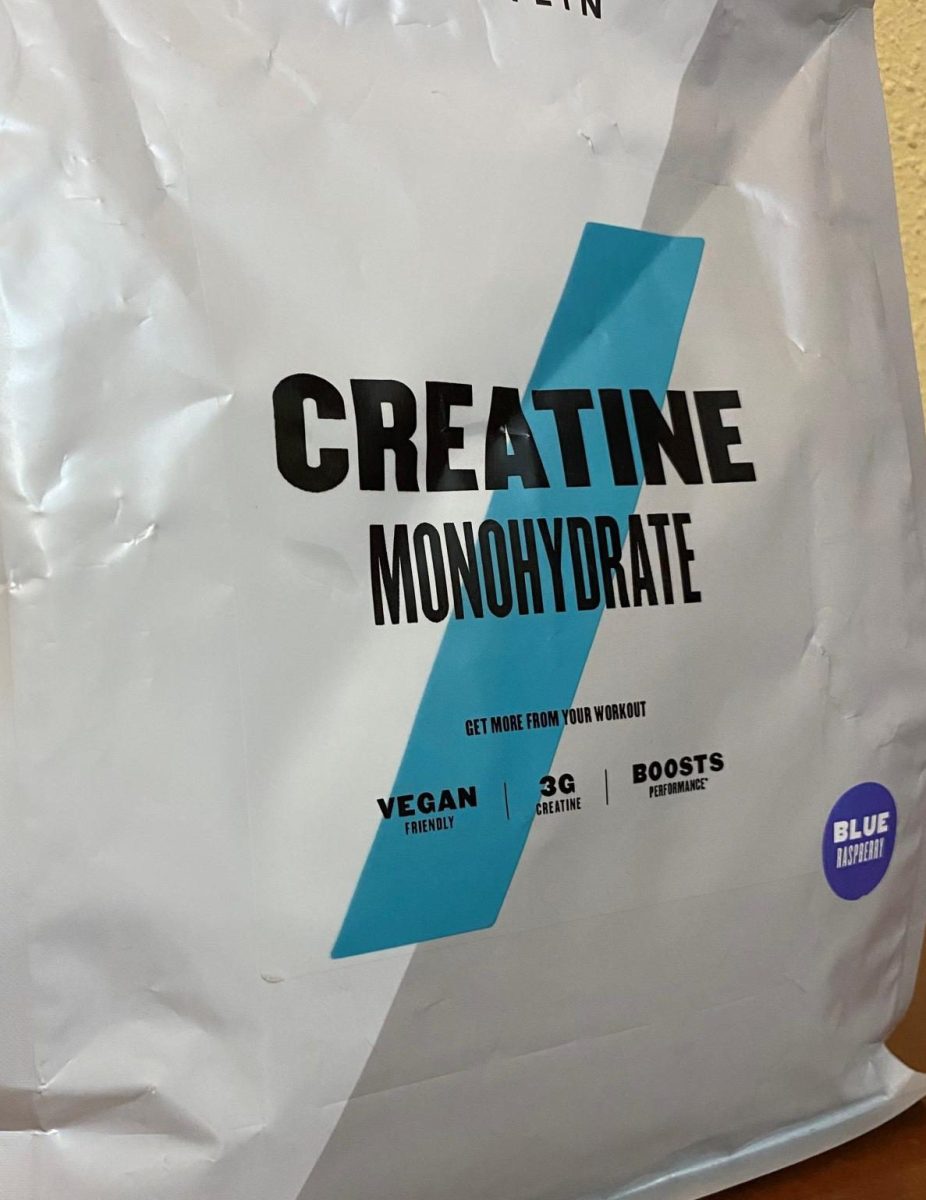Is Day 1 AOT The Right Choice?
The debate is whether it’s even beneficial to SHS students.
March 18, 2023
Why do we have Day 1 AOT? Is it even necessary? It might not be and there are good reasons why.
Advisement is a period of time in the day for students to relax, study, or have fun playing basketball in the gym. Academic Overtime, AOT, is meant to be beneficial and helpful for students to fix their grades in a class or classes they are struggling in. It’s supposed to help someone achieve a passing grade. Although this might be the case, the pattern of Day 1 AOTs hasn’t directly benefited students.
In most cases, unless a person has to attend AOT on Days 2-7, most people utilize their time in their own way at advisement. There is an interesting statement from this article talking about the role of advisory: “educators may argue that these schools should not squander available time that could be used more effectively—i.e., to help students catch up academically, prepare for college, or receive guidance, mentoring, and academic assistance” (EdGlossary).
Some students may use the time to study, but the majority like to use the time to refrain from doing more…work. You find yourself chatting with friends, playing in the gym, or doing anything besides schoolwork at Advisory. Advisement is the time of day when students can have that break from being in a classroom, and that is what most prefer.
An intriguing perspective from HHS Media further supports the notion of dropping Day 1 AOT at the advisory period: “There are students who try to make advisory a useful time, but most of the advisory groups do not participate and say little to nothing during the time. Senior Urie Conis would rather have more ELT (Extend Learning Time) than sit through a 30-minute period where no one does anything” (HHS Media). This statement is talking about the advisory period in general, but for Sutton High School students, this can apply to Day 1 AOT advisements as well. In typical Day 1 AOT, you sit and do nothing for a period of time, which adds up to a dozen hours for the school year – more on that later.
Let’s look at basic math – this is an important fact to consider – we have about 25 Day 1 AOTs during the high school year. Those 25 days add up to about 12.5 hours. To give you an idea of how much time that actually is, let’s look at it from this perspective. Ultramarathon runner Scott Jurek can run 82.5 miles in roughly 12 hours and 165 miles in 24 hours. He claimed the new speed record on the 2,000+ mile Appalachian Trail. While high school students are wasting time sitting still in a single classroom, this man is striving for and achieving new world records. While Jurek is striving for new world records, high school students are inherently striving for 12.5 hours of wasted time in Day 1 AOTs.
The Day 1 AOT schedule is meant to provide time for students to catch up on missing work or repair their grades, but I don’t see any difference between what normal advisory days do for students and what Day 1 AOTs do for students. This solidifies the point Day 1 AOTs are not necessary.
A student can visit a teacher on their individual advisement days whenever they’re available. Anytime a teacher is available on a typical advisory day, odd or even drop days, a student can talk to the teacher and get help for a class.
SHS’s assistant principal, Mr. Liporto, claims that Day 1 AOT is beneficial because it allows students to take advantage of the time they’re provided. Mr. Liporto states, “It allows for teachers to hand out Academic Overtime tickets for students, allows for students to check iPass and get work done…a non-benefit would be that students can’t get snacks, however, students can get snacks before school starts and eat them throughout the day”. I think this is a very clear point that he says when talking about taking advantage of the time students are provided. Not only does Day 1 AOT benefit SHS students to check iPass or get missing work done, but it allows teachers to evaluate their classes’ grades and give out important reminders.
A New York Times article clearly portrays how student motivation comes with the willingness to learn. For a student to be motivated, there has to be a genuine curiosity and interest in a subject, hands-on interactive activities, and, of course, the willingness to learn. Day 1 AOT doesn’t instill any of these principles.
Day 1 AOT consists of sitting in a homeroom doing nothing beneficial and interesting to the student, hence why it’s not productive and more of a waste of time than a benefit. That is the point of Day 1 AOTs, which is to benefit the student; that doesn’t seem like the case here. Also, this article from CCA accurately depicts ten ways to encourage high school students to learn and to feel motivated in their classes. The list involves student participation and making learning content interactive for the student. I can’t think of a time when Day 1 AOT has ever been interactive and provided a sense of an ‘interactive learning experience’ for the student.
If a student is doing well in their classes and achieving a passing grade, the requirement to spend 12.5 hours in a wasted class period doesn’t make a lot of sense. The student has the choice to do what they want on a normal day of advisement, and I think every day should be that way.
Ultimately, it is the student’s responsibility to complete any unfinished work and contribute their efforts to achieve a better grade in a class. Day 1 AOT has its reasons to be beneficial and non-beneficial for SHS students.




